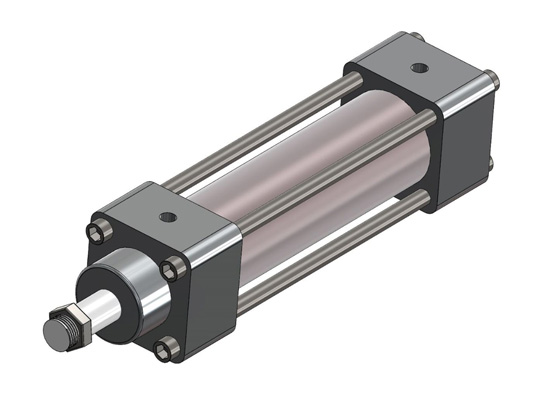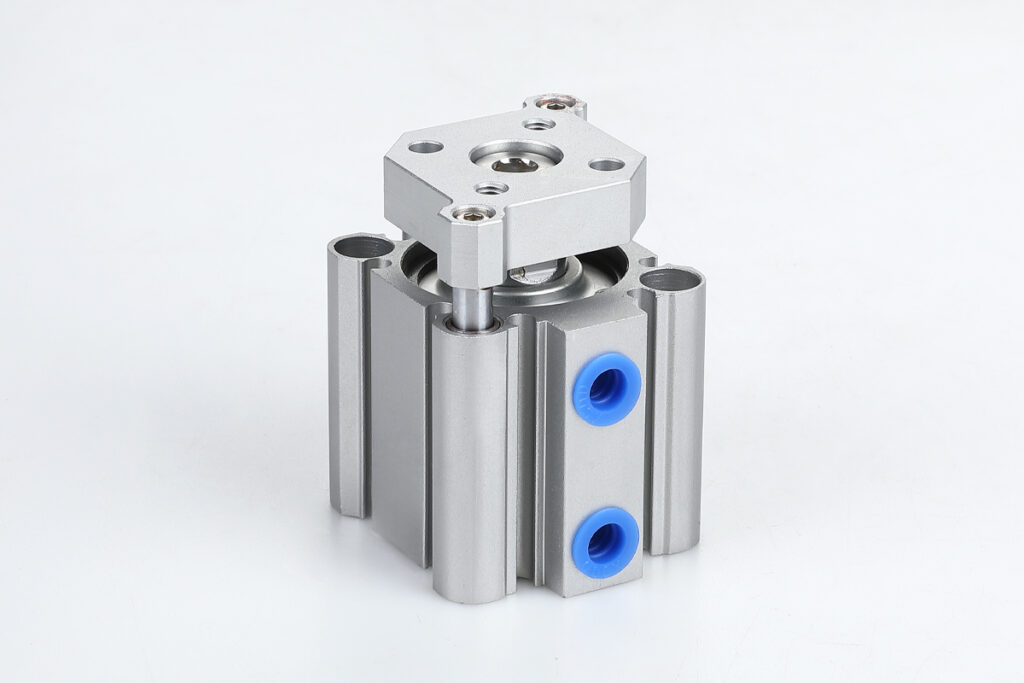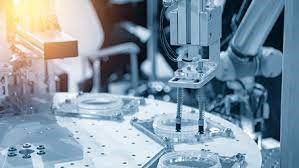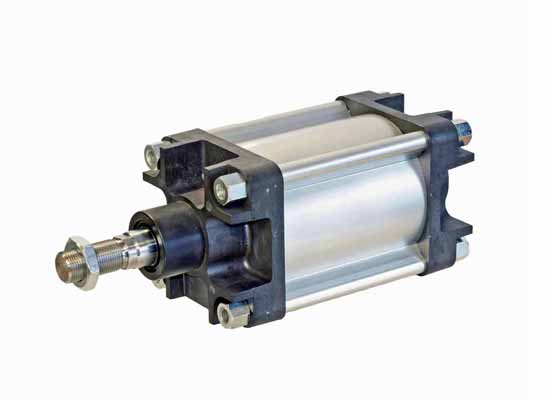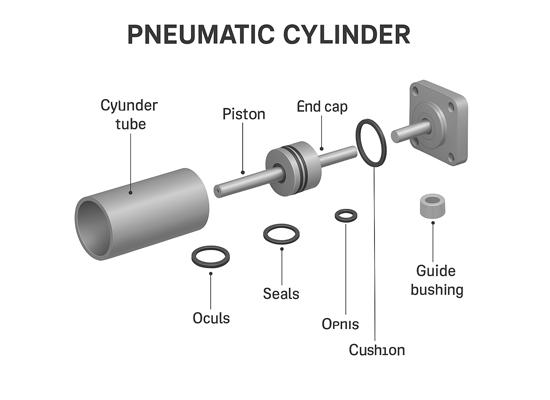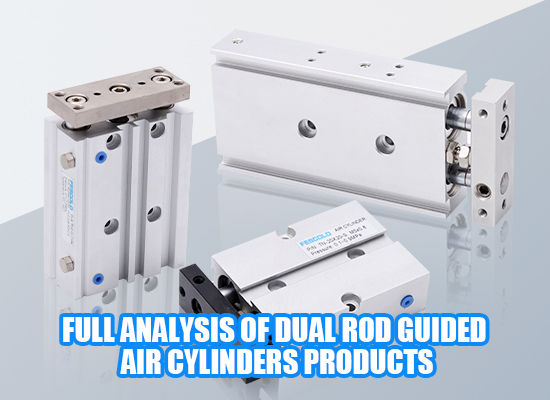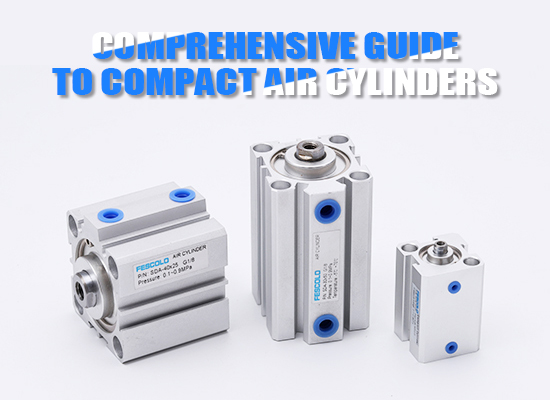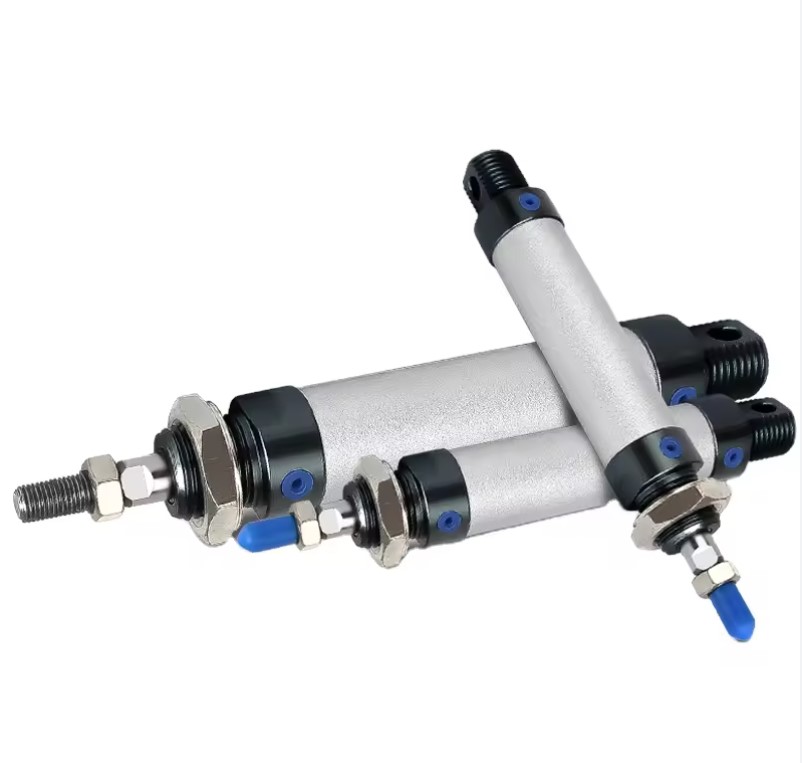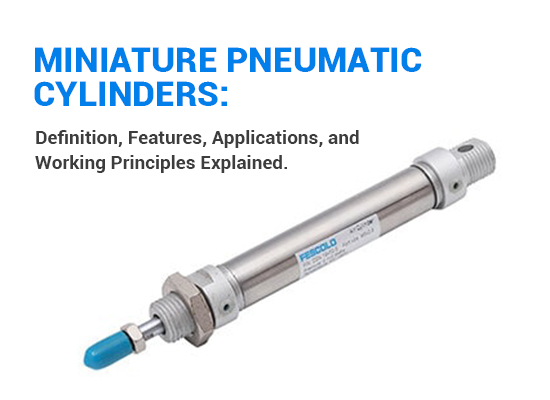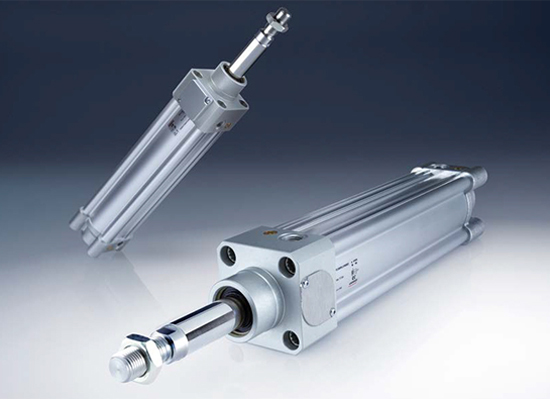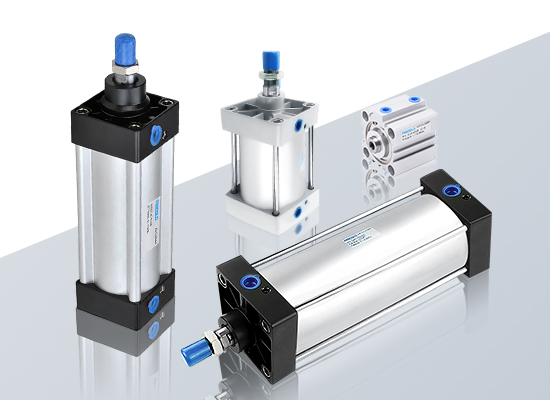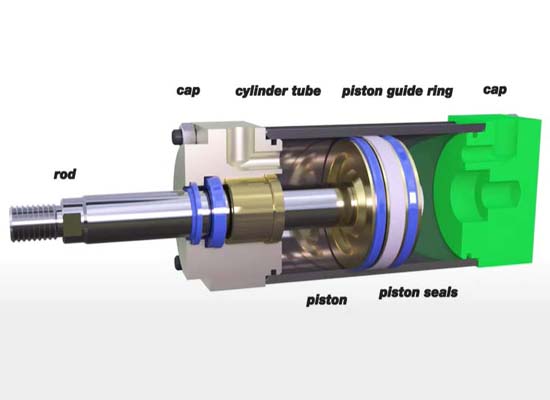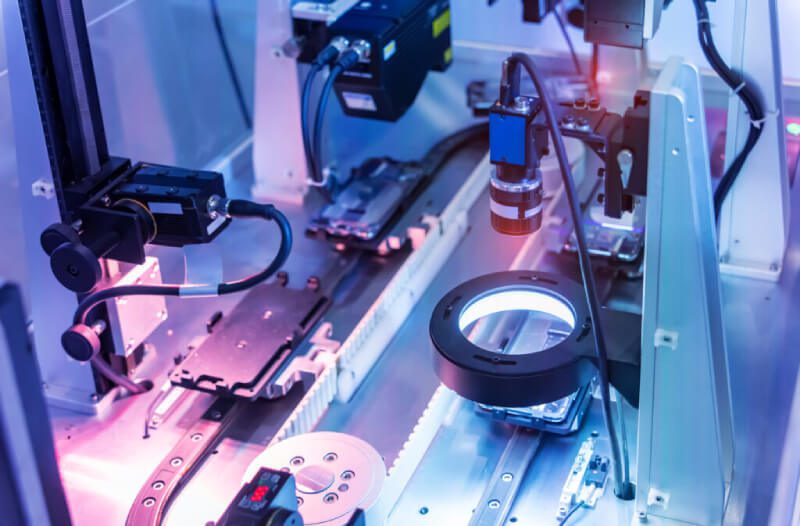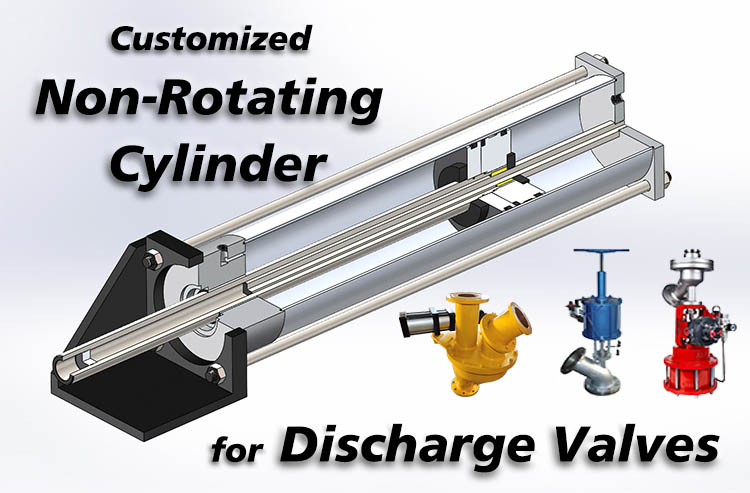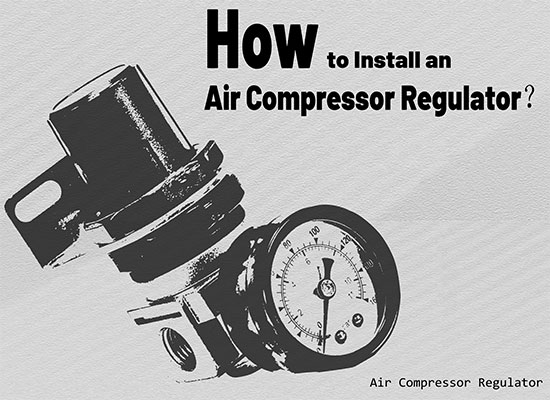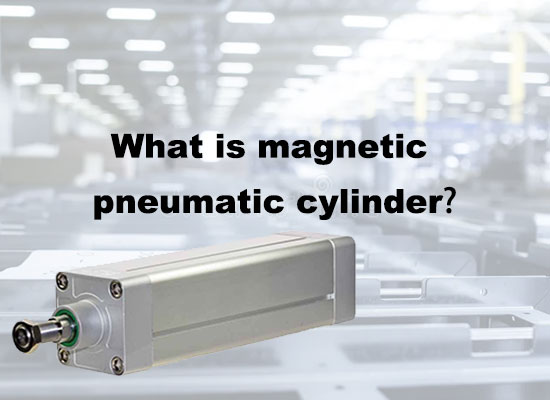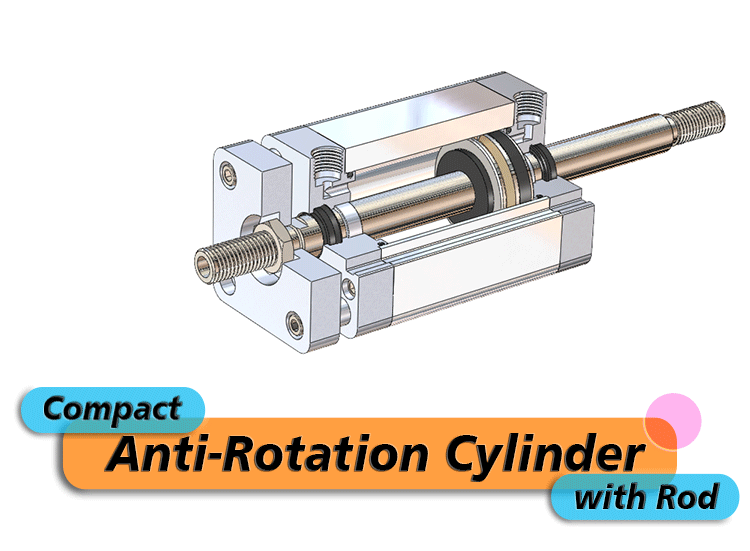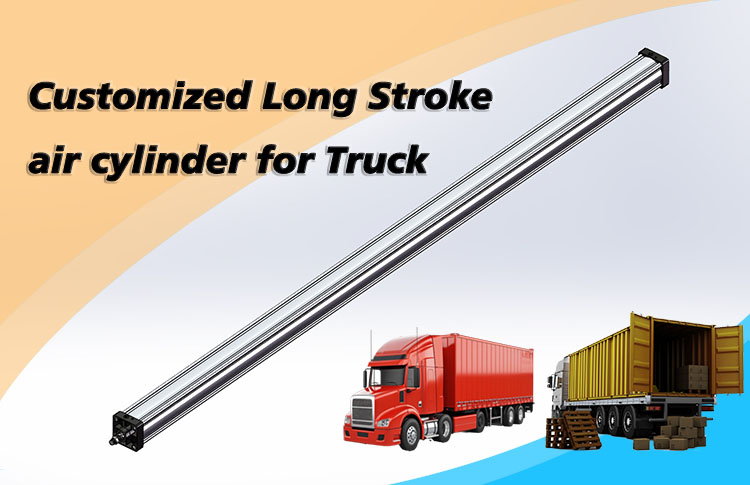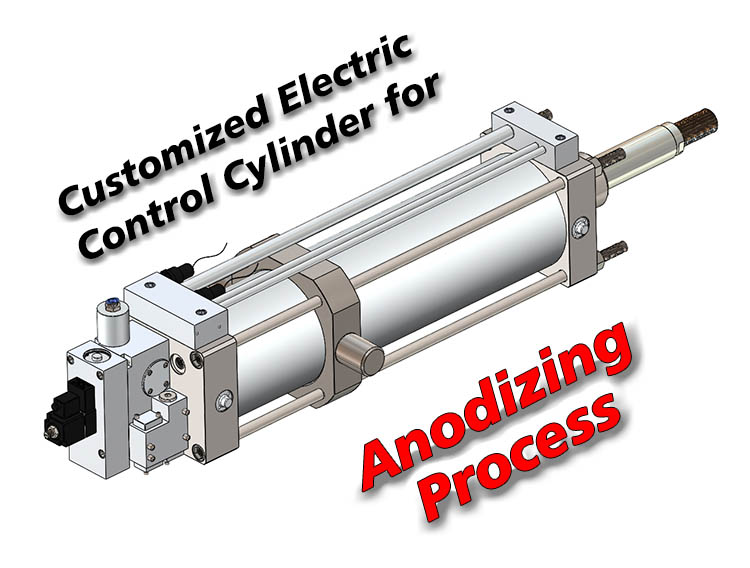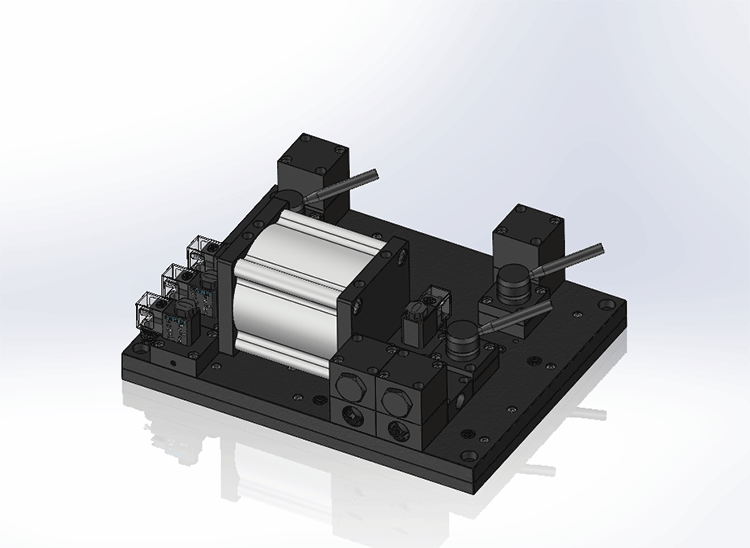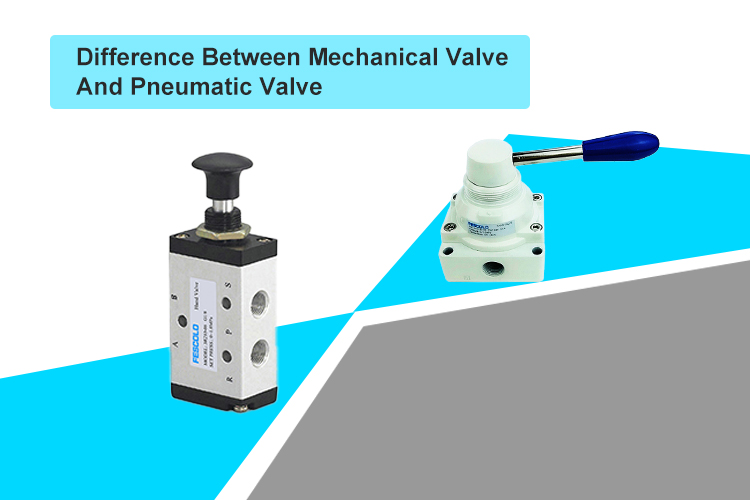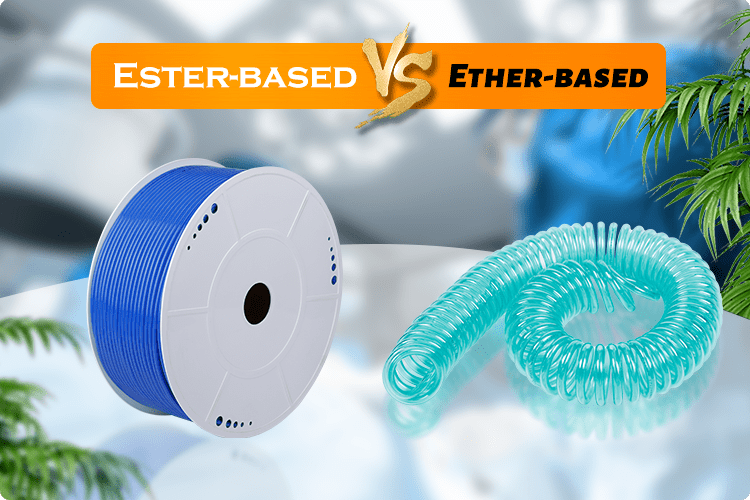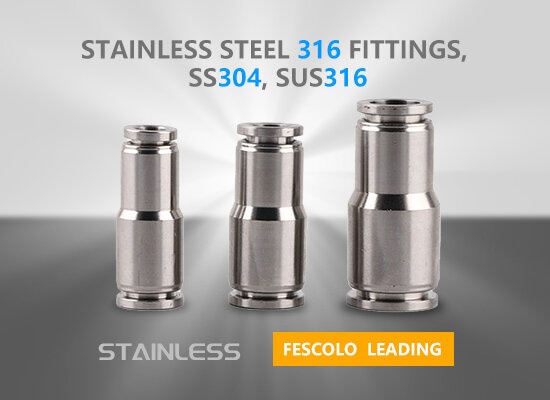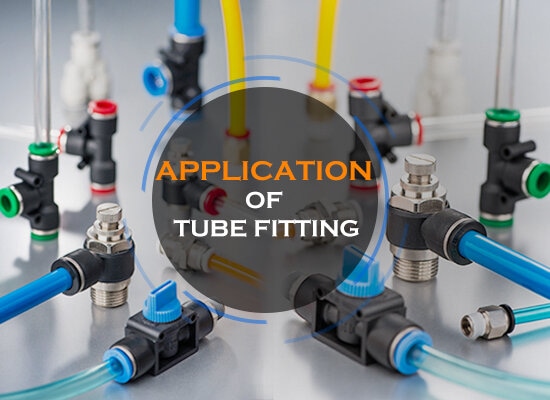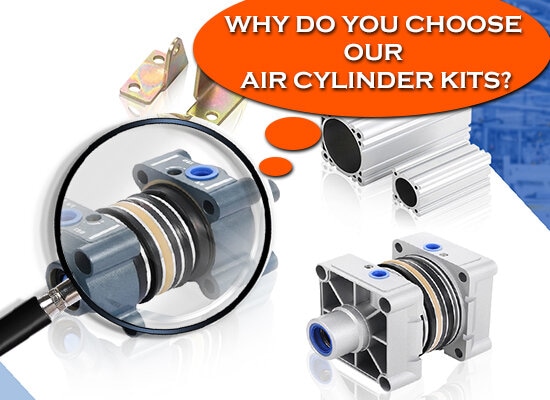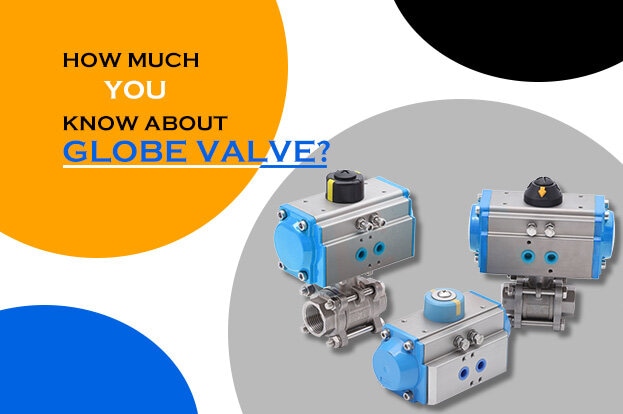In industrial automation, cylinders are widely used as actuating components for actions such as clamping, pushing, pulling, and handling, and their performance directly affects the efficiency and reliability of the entire system. However, many companies neglect the matching of cylinder technical parameters in the early stage of equipment selection, often resulting in unstable equipment operation, high energy consumption, and even frequent failures, ultimately leading to a decrease in production efficiency and an increase in maintenance costs.
The relevant technical parameters of the cylinder include cylinder diameter, stroke, load capacity and speed matching, installation method and usage environment.
Core parameter analysis
Bore size
The bore size of a cylinder refers to the inner diameter of the cylinder tube, which is the diameter of the tube in which the piston moves back and forth. It is one of the most critical technical parameters of a pneumatic cylinder, as it directly determines the output force.
If the bore size is too small, the cylinder may not provide enough force for clamping operations or handling heavy loads. On the other hand, if the bore is too large, it results in unnecessary energy consumption and can negatively impact the compactness of the equipment design.
Generally speaking, the larger the bore size, the greater the output force the cylinder can generate under the same working pressure.
Output Force = Working Pressure × Piston Area
And the piston area is calculated based on the bore size:
Piston Area=π×(2Bore Diameter)2
Stroke length
The stroke length refers to the maximum distance that the piston rod in the cylinder can move from fully retracted to fully extended,It determines the maximum displacement range that the cylinder can push or move objects, and is one of the important parameters when selecting a cylinder.
The unit is usually in millimeters (mm).
Short stroke (<50mm): high-frequency action
Long travel (>500mm): Large range movement
Attention: The longer the stroke, the more the piston rod extends, which reduces the structural stability and is prone to bending or lateral stress.
Operating Pressure of Pneumatic Cylinders
The working pressure of a cylinder refers to the compressed air pressure required for its normal operation, which is one of the key parameters affecting output, speed, and lifespan. The requirements for work pressure vary in different application scenarios.
Standard cylinder
Pressure range is 0.1~1.0 MPa, and the commonly used working pressure is 0.4~0.7 MPa.This scope is applicable to most general pneumatic systems, such as automated production lines, packaging equipment, material handling, etc.
High-pressure cylinders
Pressure range is greater than 1.0 MPa.High pressure cylinders require the use of high-pressure pipelines, fittings, and safety valves to ensure system safety.
Low pressure cylinder
The working pressure is less than 0.3 MPa, although the energy consumption is low, the output force is also limited, and the design needs to ensure that it meets the process requirements.
Key precautions
The system supply pressure should always be higher than or equal to the nominal working pressure of the cylinder.
If the pressure is insufficient, it can lead to incomplete movement, decreased accuracy, or equipment jamming.
If the pressure is too high, it may cause damage to the sealing components and require the installation of a pressure reducing valve or pressure limiting protection.
Speed & Load
The motion performance of a pneumatic cylinder is closely related to its speed control and load matching. Proper configuration can improve system efficiency and extend service life. This includes factors such as air supply flow rate and load inertia. The output load should be limited to 80% of the cylinder’s maximum output force. In addition, a cushioning device should be installed to absorb the effects of rapid start-stop motions and reciprocating impacts.
Interdependence of Key Parameters
Bore Diameter vs Output Force
Under the same air pressure, the output force of the cylinder is proportional to the piston area, and the area is proportional to the square of the cylinder diameter.
Stroke Length vs Stability
The longer the stroke, the more likely the piston rod is to bend or shake when extended, which affects the positioning accuracy and structural life.
Operating Pressure vs Speed
Increasing work pressure can enhance cylinder propulsion and indirectly accelerate movement speed. But the speed is also affected by throttle valves and flow restrictions.
Pneumatic Cylinder Selection
Define Application Requirements
Before choosing a cylinder, you need to clarify your usage requirements.
Load weight: The weight of the workpiece or mechanism that the cylinder needs to push or carry.
Action frequency: whether it is used for high-frequency cyclic actions
Installation space: Are there any restrictions on the length, width, and height of cylinders available for installation on site.
FAQ


